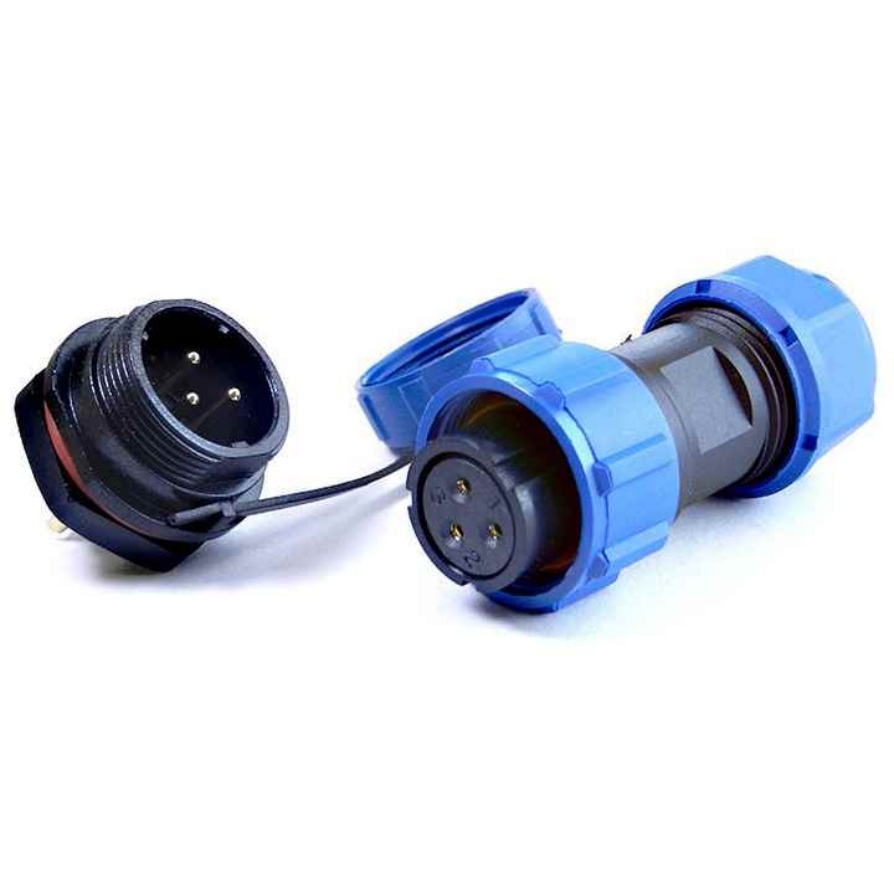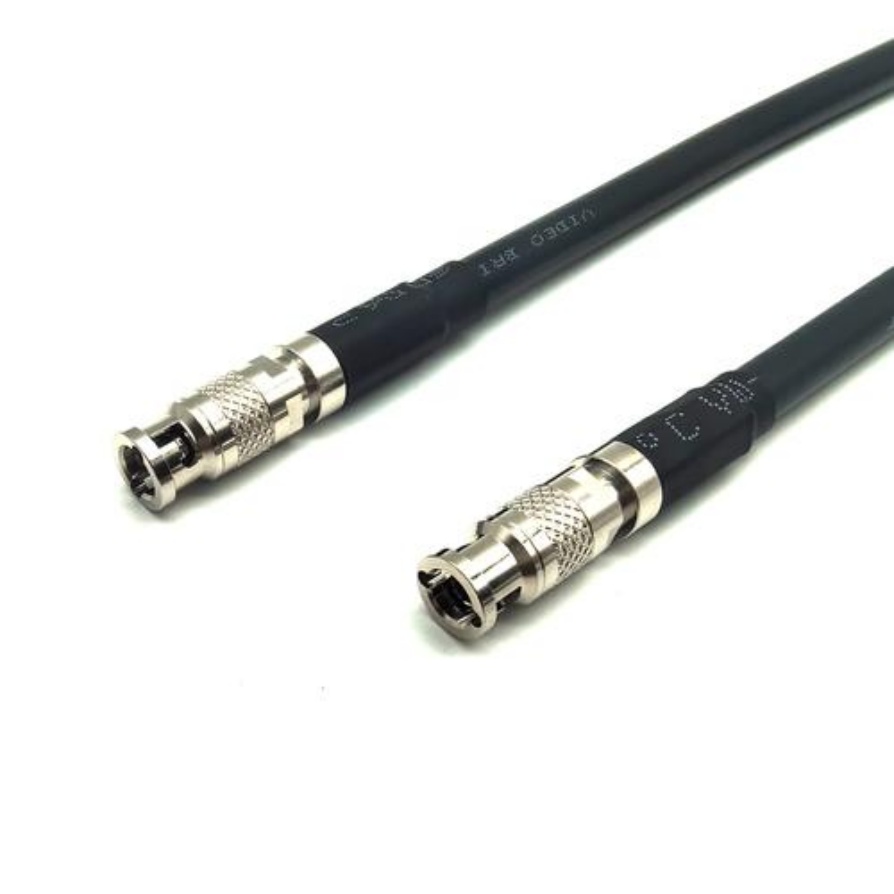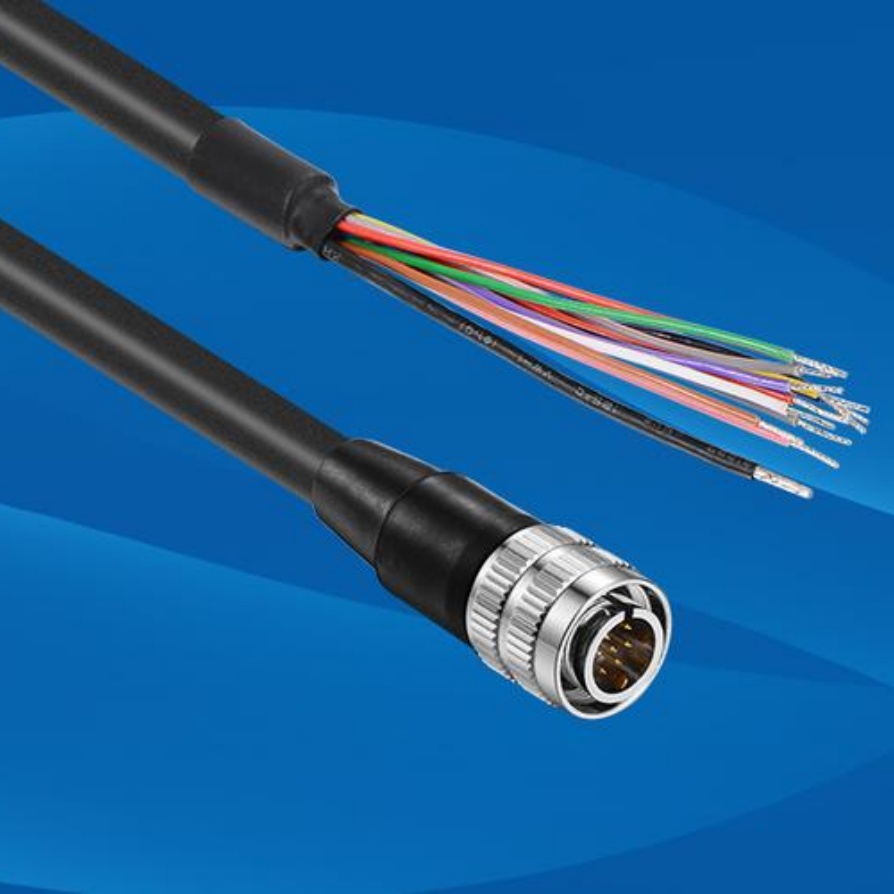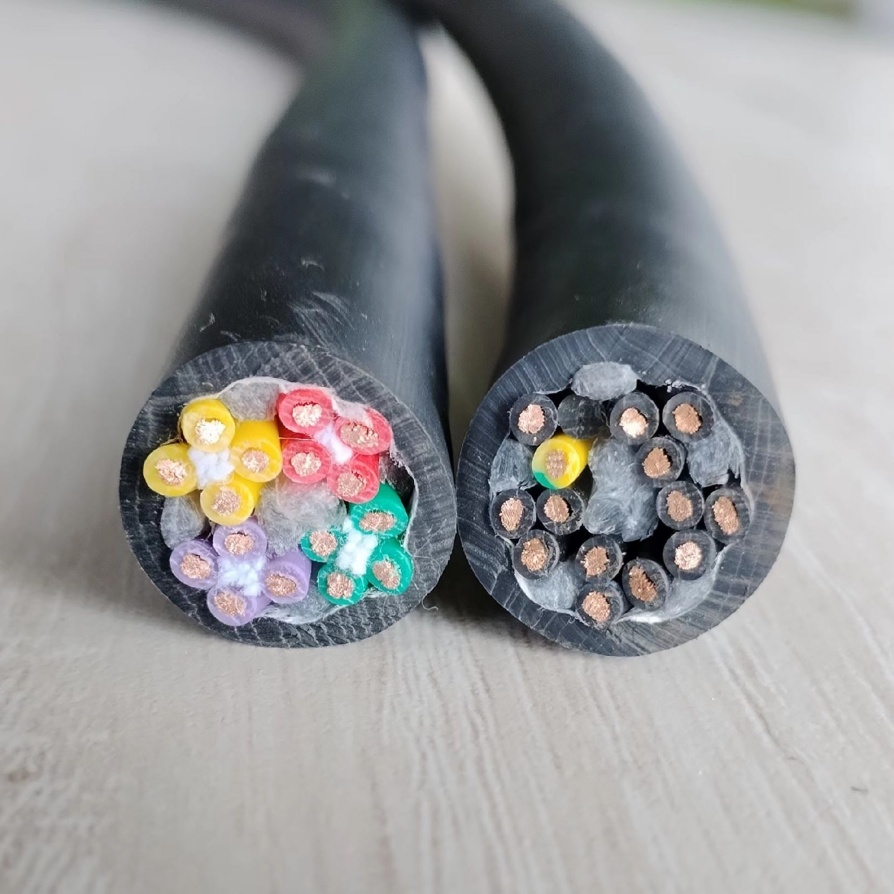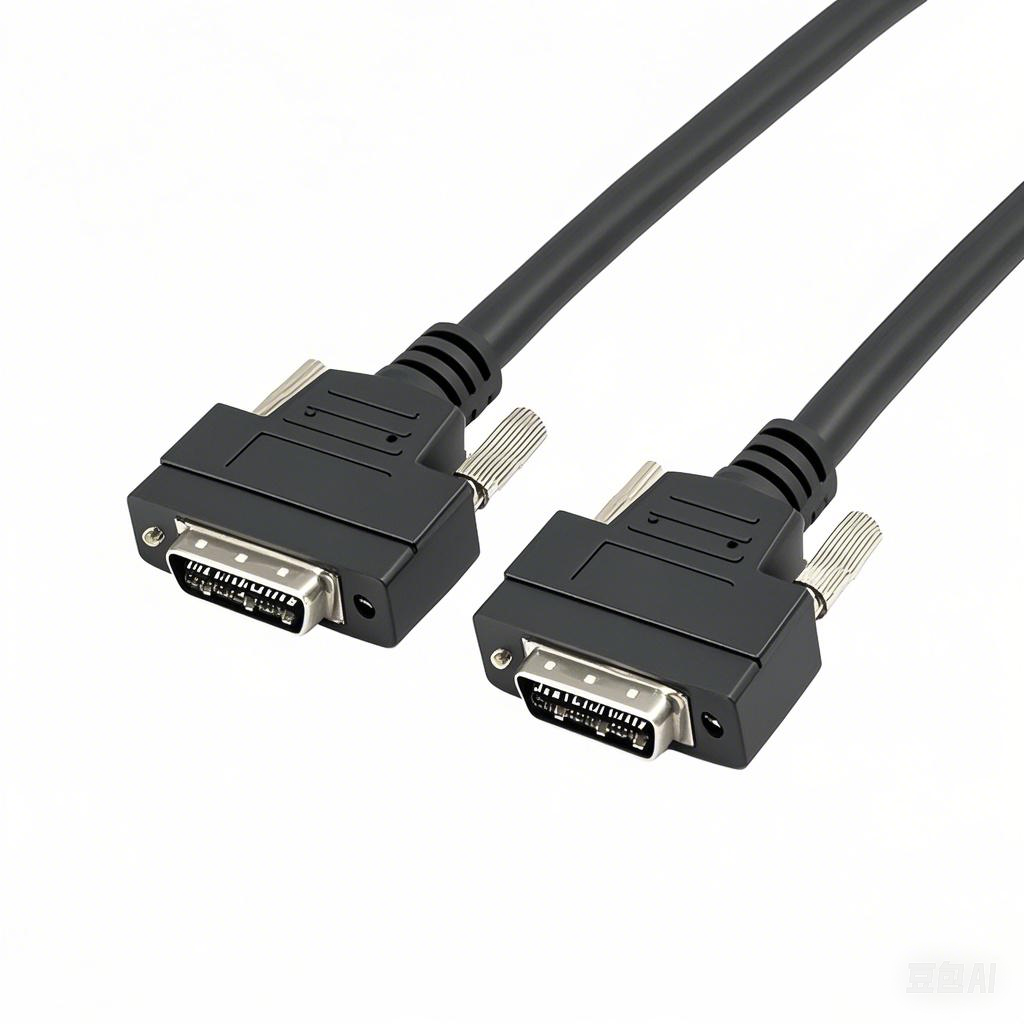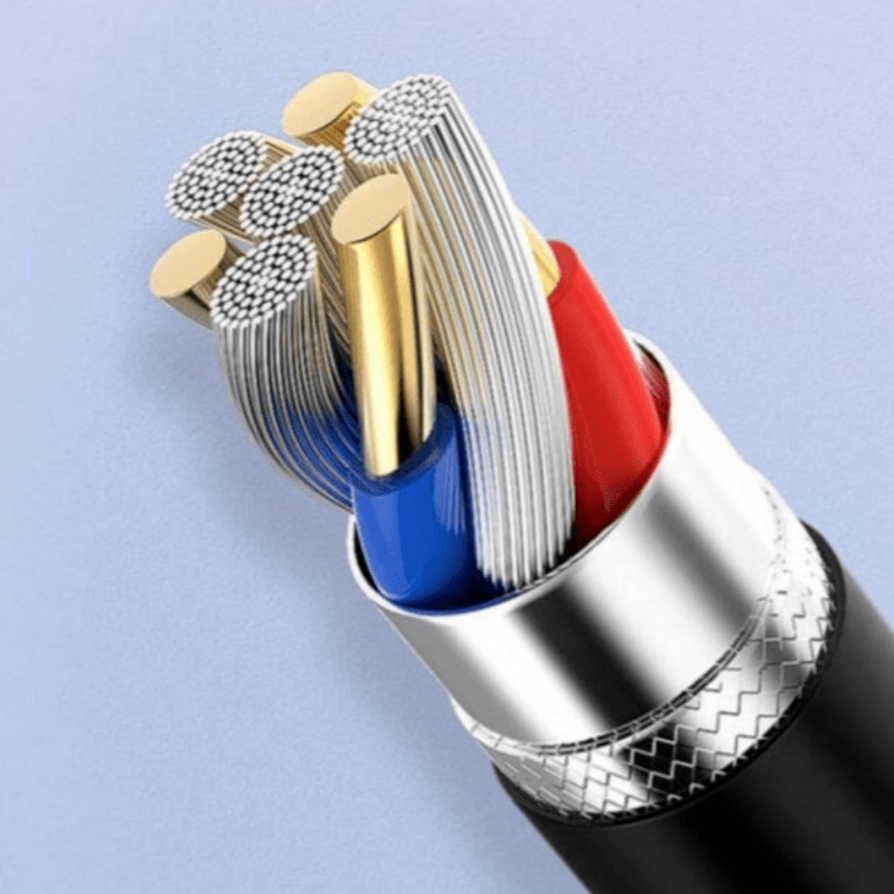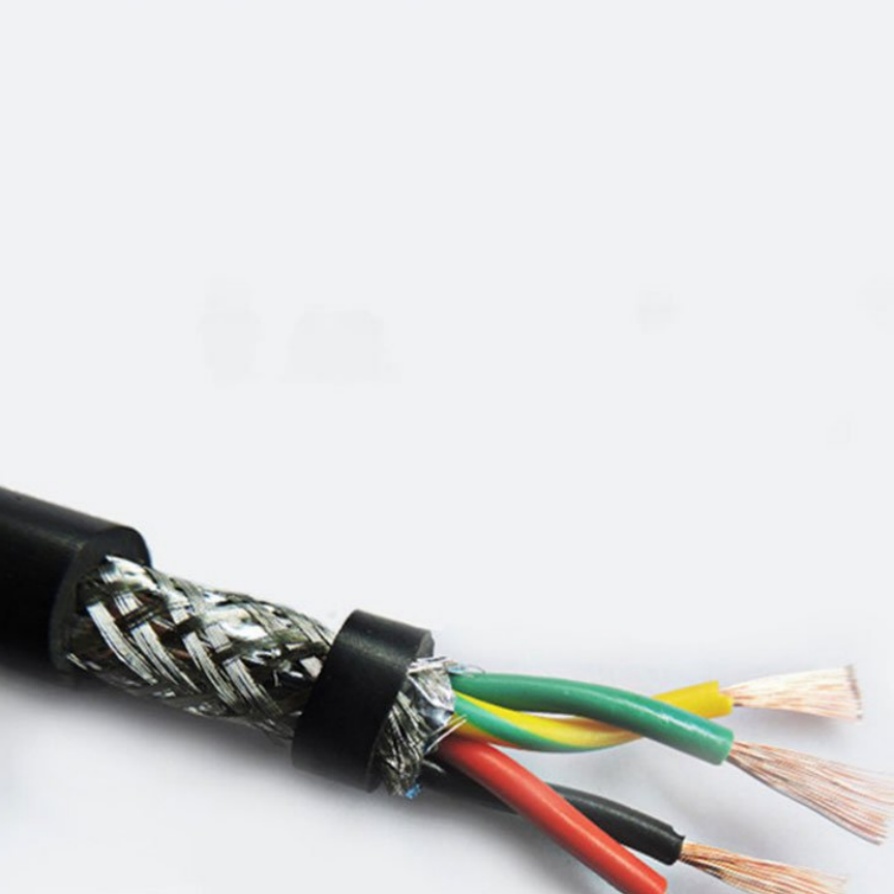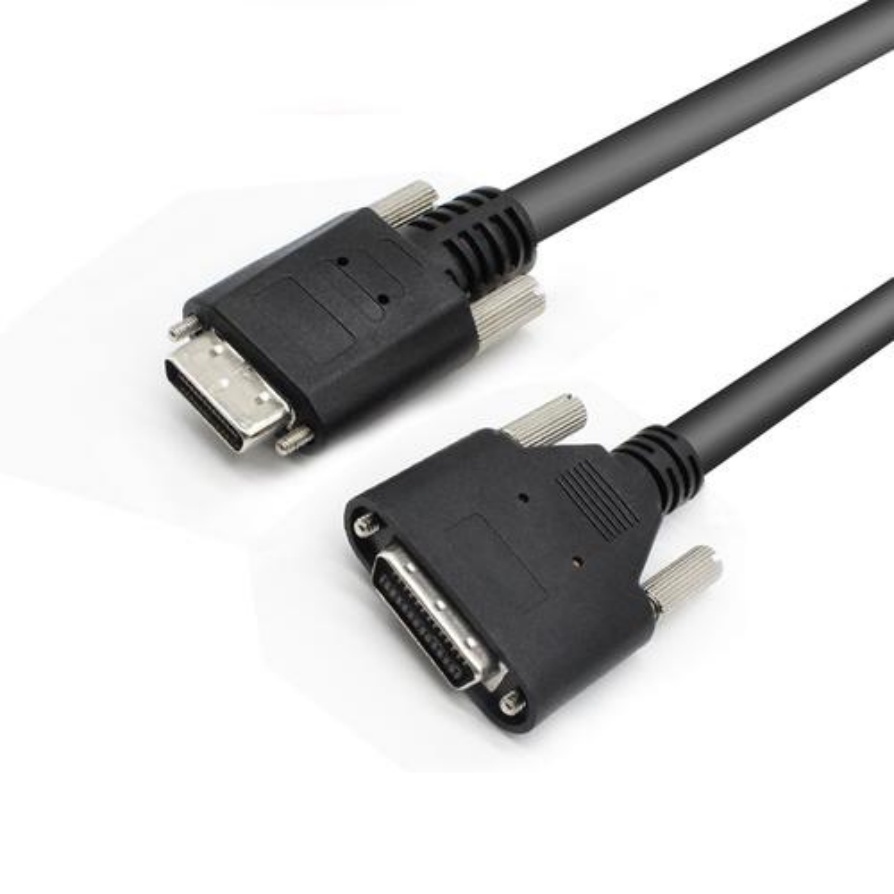What is the insulation thickness of machine cable
The insulation thickness of a machine cable refers to the distance between the outer surface of the cable conductor and the inner surface of the cable sheath, which is a key indicator to ensure the safe and stable operation of the cable. It plays a vital role in preventing current leakage, resisting external interference, and protecting the conductor from mechanical damage. For users who need to select or use machine cables, understanding the insulation thickness is essential to avoid safety hazards and ensure the normal operation of equipment.
Factors affecting the insulation thickness of machine cables
1. Voltage level
Voltage level is one of the most critical factors determining the insulation thickness of machine cables. The higher the voltage the cable needs to withstand, the thicker the insulation layer required. This is because higher voltage will generate a stronger electric field. If the insulation thickness is insufficient, it may cause dielectric breakdown, leading to current leakage or even short circuit accidents. For example, a machine cable used in a low-voltage environment (below 1kV) usually has an insulation thickness of 0.5-2mm, while a medium-voltage cable (10-35kV) may require an insulation thickness of 5-15mm.
2. Environmental conditions
The environment where the machine cable is used also has a significant impact on the insulation thickness. In harsh environments such as high temperature, high humidity, chemical corrosion, or strong mechanical wear, the insulation layer is more likely to age, degrade, or be damaged. Therefore, thicker insulation is needed to enhance the cable’s resistance to these adverse factors. For instance, in a high-temperature workshop where the temperature often exceeds 100°C, the insulation thickness of the machine cable should be increased by 20%-30% compared to that used in a normal temperature environment. In chemical plants with corrosive gases or liquids, the insulation layer not only needs to be thicker but also made of corrosion-resistant materials.
3. Cable specifications and usage
The cross-sectional area of the cable conductor and its specific usage also affect the insulation thickness. Larger cross-sectional area conductors usually carry more current, which will generate more heat. Thicker insulation can better isolate the heat and prevent the insulation layer from melting due to overheating. Additionally, for cables that need to be frequently bent, twisted, or moved (such as cables used in robotic arms), the insulation layer is subject to greater mechanical stress. A thicker insulation layer can improve the cable’s flexibility and durability, reducing the risk of insulation cracking.
Calculation method of insulation thickness
The calculation of the insulation thickness of machine cables is usually based on relevant international or national standards, such as IEC 60228 (International Electrotechnical Commission) or GB/T 12706 (China National Standard). The basic calculation formula is: t = k × U / E, where t is the insulation thickness, k is the safety factor (usually ranging from 1.2 to 1.5), U is the rated voltage of the cable, and E is the dielectric strength of the insulation material. However, in actual calculation, other factors such as the structure of the cable, the type of insulation material, and the operating environment should also be considered to ensure the accuracy of the calculation results.
Common standards and specifications
Different countries and regions have formulated strict standards for the insulation thickness of machine cables. For example, the IEC 60309 standard specifies the insulation thickness requirements for industrial plugs and sockets and supporting cables; the EN 50525 standard in Europe provides detailed regulations on the insulation thickness of low-voltage cables for machinery. In the United States, the UL 62 standard is widely used to control the insulation performance of cables. These standards not only stipulate the minimum insulation thickness but also put forward requirements for the insulation material’s temperature resistance, flame retardancy, and mechanical properties. Complying with these standards is the basic guarantee for the quality and safety of machine cables.
Detection and maintenance of insulation thickness
Regular detection of the insulation thickness of machine cables is an important measure to ensure their safe operation. Common detection methods include optical fiber measurement, ultrasonic measurement, and cross-sectional cutting measurement. Among them, cross-sectional cutting measurement is the most accurate method. It involves cutting the cable cross-section, polishing it, and then measuring the insulation thickness with a microscope. During daily maintenance, it is also necessary to check whether the insulation layer has cracks, bulges, aging, or other phenomena. Once problems are found, the cable should be replaced in time to avoid accidents.
FRS Brand Factory: Your Reliable Partner for Machine Cables
When it comes to machine cables with precise insulation thickness, FRS brand factory stands out. We strictly adhere to international standards such as IEC and EN in production, accurately controlling the insulation thickness according to different voltage levels, environmental conditions, and usage requirements. Our machine cables use high-quality insulation materials with excellent temperature resistance, corrosion resistance, and mechanical properties, ensuring stable performance and long service life. Whether you need cables for low-voltage equipment or medium-voltage machinery, in normal or harsh environments, FRS can provide you with customized solutions. Choose FRS, and enjoy safe, reliable, and high-performance machine cable products.


